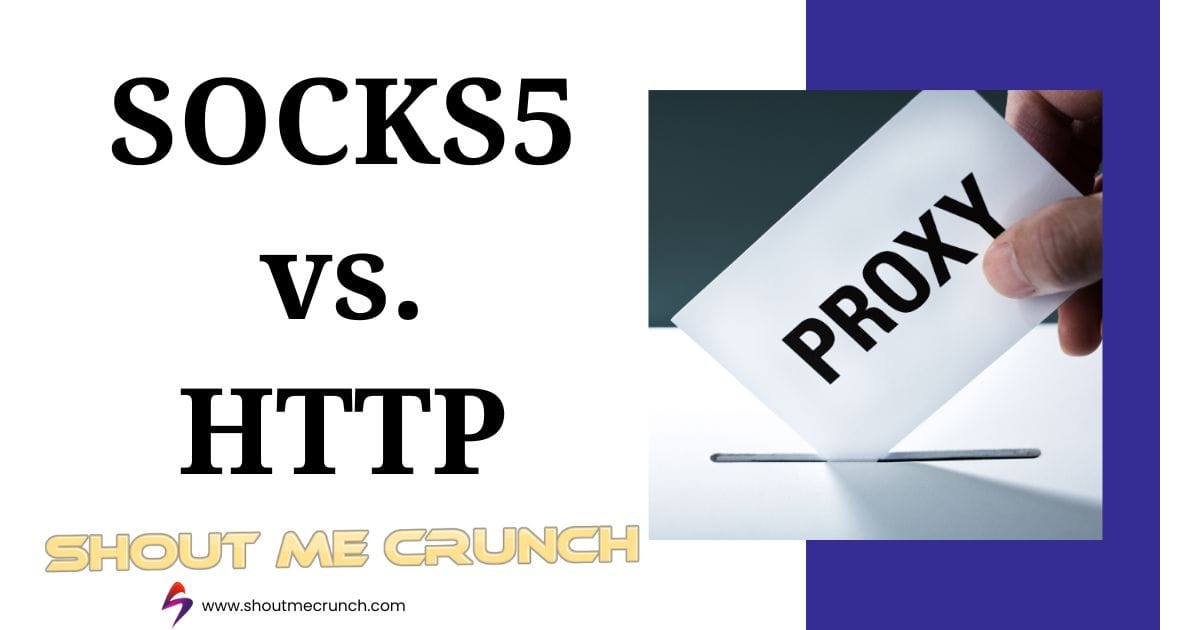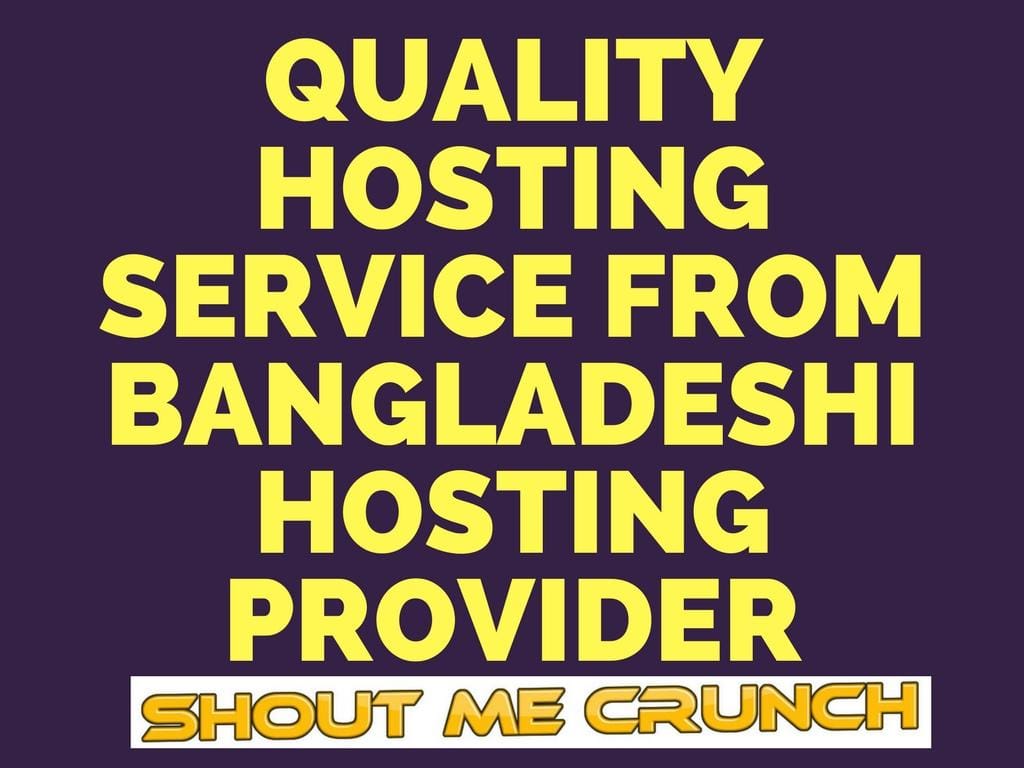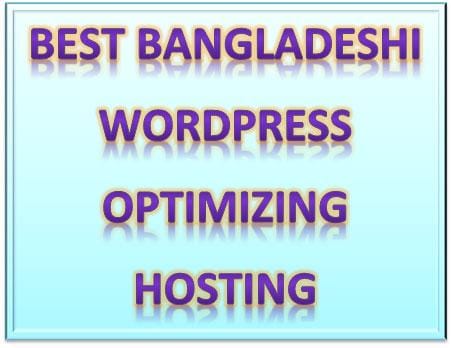SOCKS5 vs. HTTP: The Proxy Choice
In an age of ever-evolving cyber threats, resilience is key. While HTTP proxies may offer a degree of protection, SOCKS5 proxies provide an extra layer of resilience against malicious actors and data breaches. With their encrypted tunneling technology and support for multiple authentication methods, SOCKS5 proxies stand as bastions of defense in the face of adversity. It’s not just about proxies; it’s about fortifying your digital defenses against the unknown.
Empowering Security Measures
The choice between SOCKS5 and HTTP proxies takes on heightened importance, as it directly impacts the level of protection afforded to sensitive data and online activities. Statistics reveal a concerning trend, with cybercrime on the rise globally, costing businesses billions of dollars annually. In this context, SOCKS5 proxiesoffer a compelling solution, providing robust encryption and authentication methods to tackle malicious actors. Conversely, HTTP proxies, while effective for basic web browsing, may leave users vulnerable to advanced cyber threats due to their limited security features. Therefore, as cyber threats continue to evolve, opting for SOCKS5 proxies emerges as a prudent strategy to safeguard against potential breaches and data theft.
What are the main differences between HTTP and SOCKS5 proxy servers?
- The primary differences between SOCKS5 and HTTP proxies lie in their protocols, capabilities, and applications.
- SOCKS5 operates at layer 5 of the OSI model, making it capable of tunneling various protocols including HTTP, HTTPS, POP3, SMTP, and FTP. It supports UDP proxies, which are ideal for fast data transfers with low latency, although they lack error-checking functionalities. Additionally, SOCKS5 proxies offer enhanced security features, employing TCP authentication and fully encrypted SSH tunneling for secure connections.
- On the other hand, HTTP proxies are tailored specifically for handling HTTP(S) traffic, making them suitable for tasks like web scraping, email protection, and cybersecurity projects. They can interpret and filter data packets, enabling caching and improving performance for repeated requests. While HTTP proxies are proficient in optimizing web traffic, SOCKS5 proxies excel in versatility, supporting a broader range of protocols and offering superior security measures for diverse online activities.
As technologies advance and cyber threats evolve, the decision between SOCKS5 and HTTP proxies becomes not just a matter of preference, but a strategic imperative. By carefully evaluating the unique features and capabilities of each proxy type, users can enhance their resilience against emerging threats and safeguard their digital assets effectively. Moreover, staying informed about the latest developments in proxy technologies and cybersecurity trends empowers users to make informed decisions and adapt their security strategies accordingly.
SOCKS5 proxies serve a wide array of use cases due to their versatility and flexibility. Some common scenarios where SOCKS5 proxies are employed include:
- Bypassing Network Restrictions: SOCKS5 proxies allow users to bypass network restrictions imposed by ISPs or institutions, granting access to restricted websites and services.
- Accessing Geo-Blocked Content: With SOCKS5 proxies, users can access geo-blocked content by routing their internet traffic through servers located in different regions, thus circumventing geographic restrictions.
- Enhancing Online Privacy: SOCKS5 proxies provide anonymity by concealing the user’s IP address, making it difficult for websites and online services to track their online activities.
- Remote Network Access: SOCKS5 proxies enable users to securely connect to local networks remotely, facilitating access to corporate resources, files, and applications from anywhere in the world.
- SEO Campaigns: SOCKS5 proxies are employed in SEO campaigns to perform localized searches and gather data without being detected by search engines, helping businesses monitor their online presence effectively.
- Gaming: Gamers may use SOCKS5 proxies to reduce latency and improve gaming performance by connecting to game servers through proxy servers located closer to the gaming servers.
- E-commerce: SOCKS5 proxies are utilized in e-commerce activities, such as purchasing limited-release items or sneakers, by masking the user’s IP address and avoiding detection by e-commerce platforms.
These are just a few examples of the diverse use cases for SOCKS5 proxies, highlighting their importance in various aspects of online activities and cybersecurity.
In conclusion, the choice between SOCKS5 and HTTP proxies is not a one-size-fits-all decision but rather a nuanced consideration based on individual needs and security requirements. While SOCKS5 proxies offer advanced features and versatility, HTTP proxies provide simplicity and ease of use. Depending on the specific use case and desired level of security, users may opt for one proxy type over the other or even utilize both in tandem for comprehensive protection. Regardless of the choice made, it’s crucial to prioritize cybersecurity and remain vigilant against evolving threats. As technologies continue to evolve and cyber threats grow in sophistication, the importance of selecting the right proxy cannot be overstated.
By leveraging the advantages of SOCKS5 and HTTP proxies effectively, users can strengthen their online security posture and navigate the digital landscape with confidence and peace of mind.


